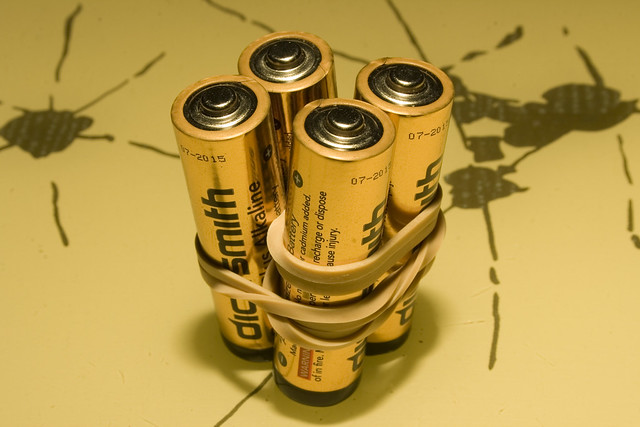
It can be seen that among the Lithium Ion technologies mentioned above, LCO and NCA are the most dangerous chemicals from a thermal runaway point of view with a temperature rise of about 470☌ per minute. The figure below shows the energy produced during an artificially induced thermal runaway Thermal Runaway Lithium-Ion – Impact of cell chemistry However, not all types of Lithium-Ion technology, due to their chemical composition, have the same sensitivity to this phenomenon. The result of a thermal runaway of a cell depends on its level of charge and can lead in the worst case to an inflammation or even an explosion of the Lithium-Ion cell. Thermal runaway is mainly caused by the solicitation of batteries under specific conditions, such as overload under adverse climatic conditions. This is a heating reaction of the battery in use, caused by the nature of the materials used in the chemistry of the battery. One of the main causes of danger for lithium-ion cells is related to the phenomenon of thermal runaway.

Lithium Nickel Manganese Cobalt (NMC) NMC Radar (BCG Research) Lithium Nickel Cobalt Aluminium (NCA) NCA Radar (BCG Research) Lithium-Cobalt-Oxyde (LCO) LCO Radar (BCG Research)

Lithium Iron Phosphate (LFP-LiFePO4) LFP Radar (BCG Research)

Modular lithium battery pack (voltage up to 700v) Scalable Lithium-Ion Energy Storage System PowerStart 12V Starter Battery – 600CCA.


 0 kommentar(er)
0 kommentar(er)
